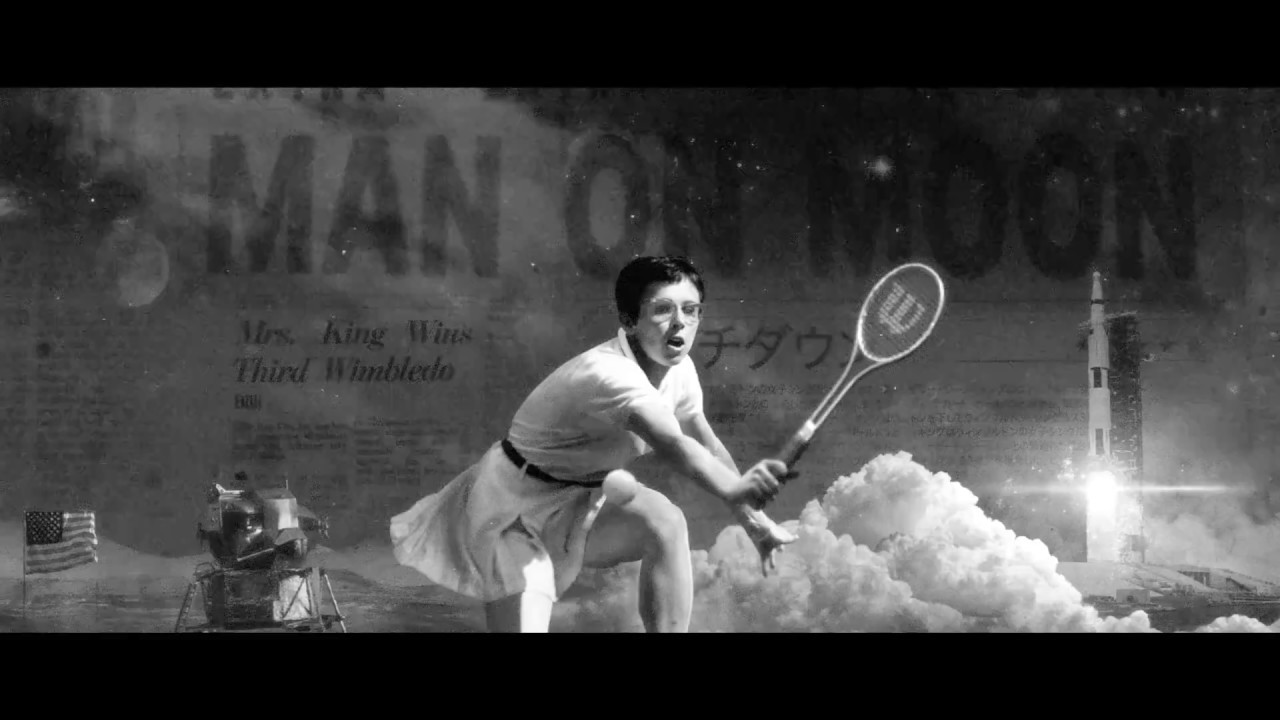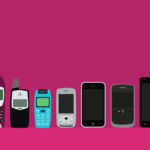How to make a racquet!
On the surface, little has changed at Wimbledon since Fred Perry first strolled on to the manicured lawns, but behind the scenes, it’s rebooting its image.
Wimbledon loves playing hard-to-get. No court-side sponsorship and an all-white dress code means the big brands behind Federer and friends keep their logos a subtle three inches square or less. Off the court, sponsorship is limited to those providing essential services – like clocks and computers and, of course, champagne.
So why do sponsors clamour to hand over money for so little in return? The answer is prestige. Wimbledon’s the best of the best and they’ve discovered that less is more. By keeping the ball firmly in its own court, Wimbledon has developed into a brand that, in many ways, needs its sponsors less than its sponsors need it.
That’s why the list of official sponsors is so impressive: Rolex (time please!), IBM, Lanson, American Express, HSBC, Pimms (surprise, surprise), Jaguar Land Rover (is that backdrop racing green?), Ralph Lauren (check out the designer gear of the court officials, ball girls and boys if you can).
New brand, please!
But despite this, Wimbledon has decided to start serving up a new treat. Don’t worry, the strawberries and cream and the mint-filled Pimms are still on the menu, but the image of the brand itself is changing. Wimbledon is dragging itself slowly but ever so surely into the modern world.
It’s an interesting decision. “If it’s not broken, don’t fix it” goes the axiom, but in today’s disrupted digital world brands, even those as well-established as Wimbledon, can no longer afford to stand still. When it comes to offering viewers hours of screen-based entertainment, those digital and global streaming companies, for example, produce a very mean service.
Across its communications, Wimbledon has started to create a very different tone of voice. Forget the tones of privilege and exclusivity; think more of a democratic twang of diversity and inclusivity. This has certainly helped to make the tournament feel more modern and appealing to a younger audience.
The tournament’s graphics – from the venue itself to the all TV activity – are changing and so is the language used on the website, the match-day programmes and the information booklets handed out around the grounds. Evolution rather than revolution, it is part of a bid to shift the way fans perceive the tournament and reach a wider audience.
Wimbledon – blending the old and the new
The major content campaign, #JoinTheStory, launched with a 60-second film, ‘The Story Continues‘, which links Wimbledon headlines to famous news events. We see Amelia Earhart as the first female aviator to fly solo across the Atlantic and Billie Jean King’s role in leading the fight for equality in tennis.
“The story of Wimbledon began in 1877 and we’ve been making headlines ever since,” says James Ralley, the AELTC’s head of commercial and brand. “While our greatest moments have shared the front page with two world wars, the moon landings and the invention of the Internet, each tournament creates new heroes and new stories.”
The choice of subject, however, also helps to establish the brand’s modern point of view. Female heroes are to be celebrated. Women’s rights are to be promoted. It’s relevant and inclusive. Wimbledon, the new message goes, is not a minority sport played by millionaires in front of millionaires in an affluent south-west London suburb. It is a vital and living part of our social fabric.
Wimbledon – a social event
The fusty old tennis tournament is even trying to get social media buzzing. A documentary podcast mini-series under the #JointheStory banner looks at some of the more colourful moments it has witnessed. Who can forget the Bjorn Borg and John McEnroe rivalry in the early 1980s and the super-brat’s antics? “You cannot be serious!” A second assesses Andy Murray’s outspoken comments in 2016, the year of the EU Referendum.
It wants to set social media buzzing. Whoever thought Wimbledon would court controversy? “We realized we didn’t want to get 10 years down the line and people don’t watch TV anymore and therefore nobody is interacting or watching Wimbledon,” Alexandra Willis, the AELTC’s head of communications, content and digital, told Marketing Week.
“We have to bring in the younger demographic now. Originally the way we wrote was very formal – almost like being a school master [talking to] school children. Wimbledon is not this ivory tower, exclusive only for the privileged event, it has something for everyone.”
At Paragon we also enjoy the challenge of telling corporate stories in a fresh and compelling way. If you would like to talk to us about updating or refreshing your content strategy, we would love to help you. Why not contact our team?




Leave a comment:
You must be logged in to post a comment.